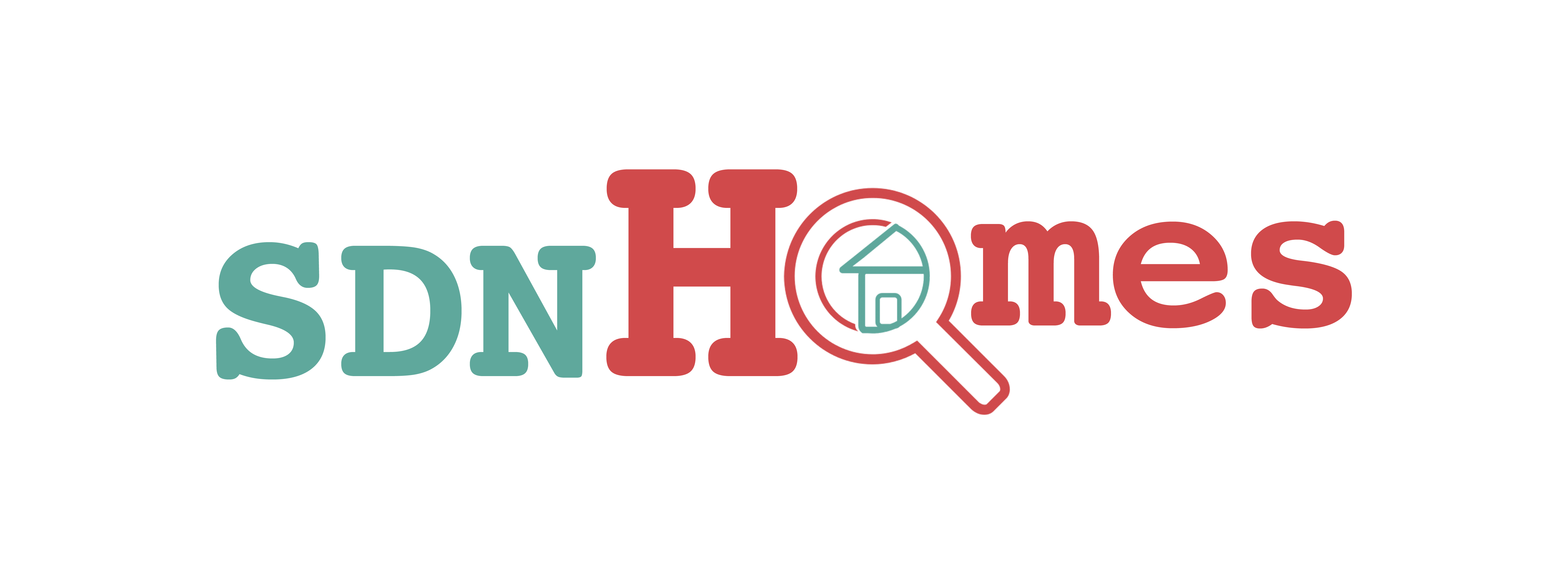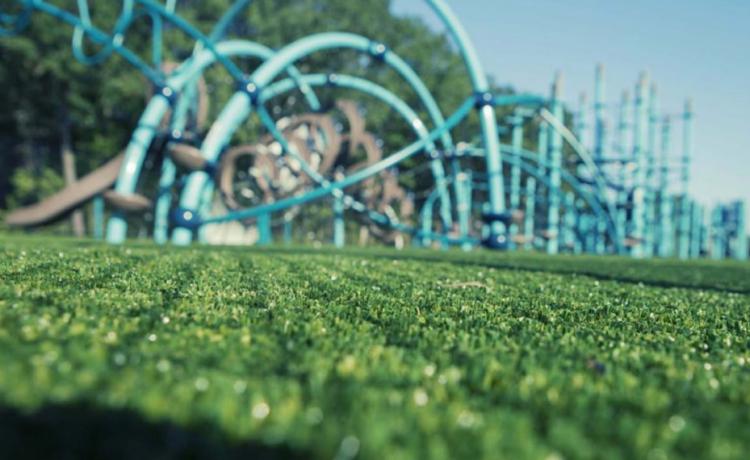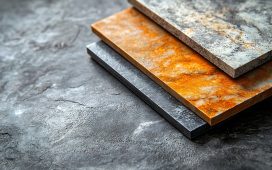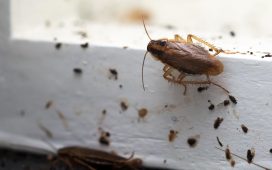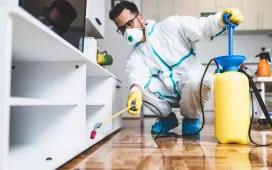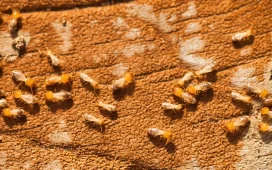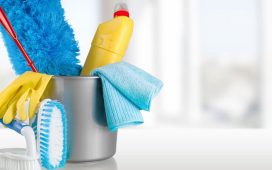In the sports world, player safety is crucial. The quality of the turf surface is critical to preventing injuries, whether it’s football, soccer, or another sport. Proper turf management aims to create a durable and safe environment for athletes. This article explores key aspects of turf maintenance and how they help prevent injuries on sports fields.
Turf Quality and Sports Safety
Sports fields are constantly worn out. Running, jumping, and tackling put a strain on grass, soil, and the underlying structure. Uneven, slippery, or hard turf that isn’t properly maintained can lead to injuries like strains, sprains, and fractures. Proper turf maintenance ensures the field has consistent performance and texture, reducing injuries.
The type of grass is one of the most important aspects of turf quality. Sports require different types, each with specific needs for mowing and watering. Football fields, for example, often use Bermuda grass because of its quick recovery and resilience. It’s important to match the type of grass with local weather and usage patterns. Regular assessment and adaptation are key to maintaining the turf in top condition.
The Dangers of Soil Compaction and Drainage
Soil compaction is a common problem on sports fields, especially those that are heavily used. Compacted soil doesn’t absorb water well, leading to poor drainage and a hard surface. This uneven ground can cause players to slip and twist their ankles. Using specialized equipment for soil aeration can help relieve compaction.
Another important factor in turf management is drainage. Water that collects on the surface can create puddles and make the turf slippery. This is more of an issue in areas with high rainfall or poor soil. A well-designed drainage system ensures water is quickly removed, keeping the playing surface dry and firm.
Regular Maintenance is Key to Long-Term Safety
Maintaining a sports field is a continuous process. Basic tasks include regular mowing and watering. To keep the turf resilient and healthy, more specialized tasks are needed, such as pest control, overseeding, and topdressing.
Overseeding involves planting grass seeds in existing turf to fill in bare patches and increase density. Topdressing levels the turf and improves its ability to handle heavy use by applying a thin layer of sand or soil. Pest control ensures weeds and insects do not harm the quality of the turf.
Field managers can extend the lifespan of the turf by following a comprehensive maintenance plan and creating a safe playing environment. Regular inspections help identify potential problems before they become serious.
Conclusion
Injury prevention on sports turf fields involves more than just player fitness or protective gear. The quality of the grass itself is crucial for athlete safety. Proper turf management—including attention to soil compaction, drainage, and grass selection—is essential. Prioritizing these factors will help reduce injury risks and make the playing experience safer and more enjoyable for athletes.
This post was written by a professional at Sustainable Turf. Looking for the best residential artificial turf St Petersburg? At Sustainable Turf, we believe in offering sustainable, eco-friendly solutions that benefit both homeowners and the environment. Our artificial grass for playgrounds, homes, and more are designed to provide you with a beautiful, low-maintenance lawn that requires minimal resources to thrive. By choosing our artificial turf, you’ll enjoy a wide range of benefits for years to come. Contact us now for estimate for your sports turf field, residential turf, golf putting turf, and more!
